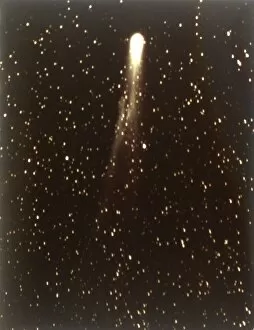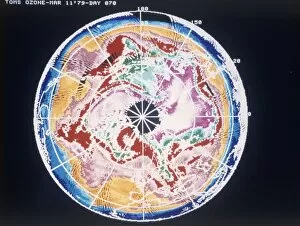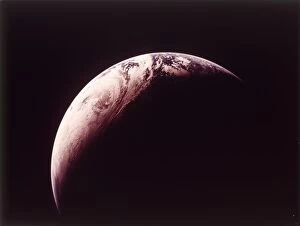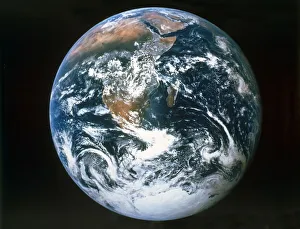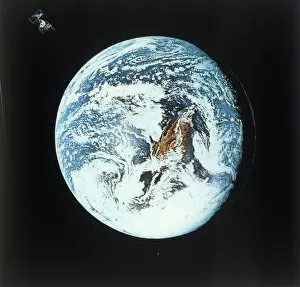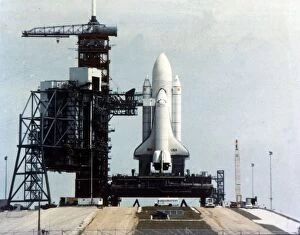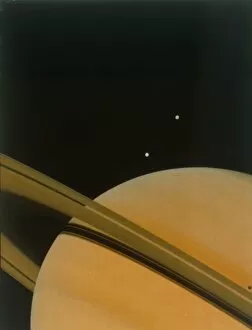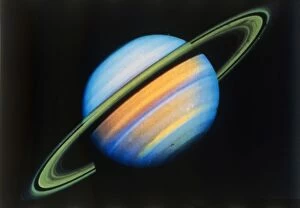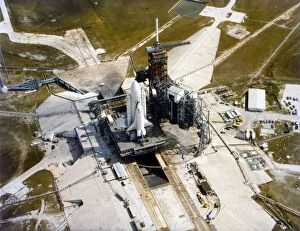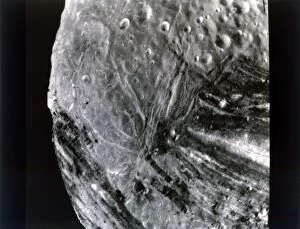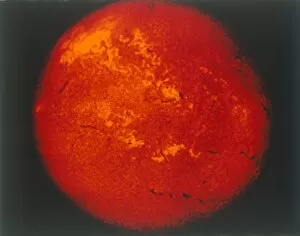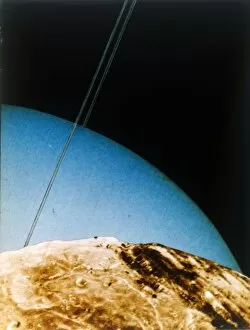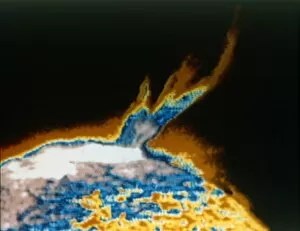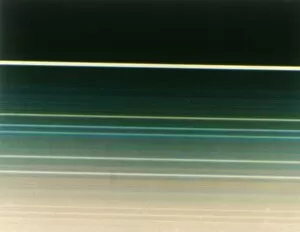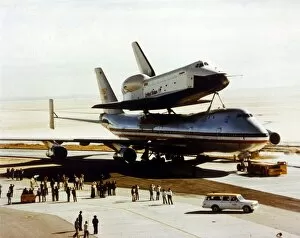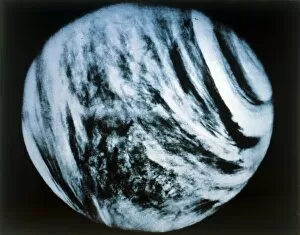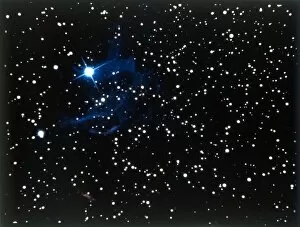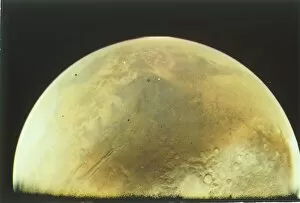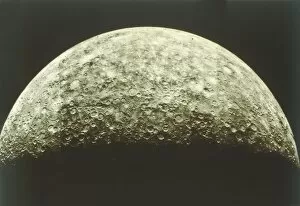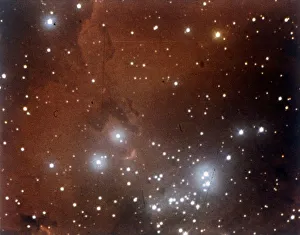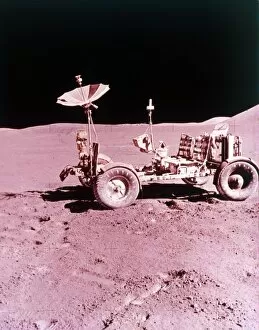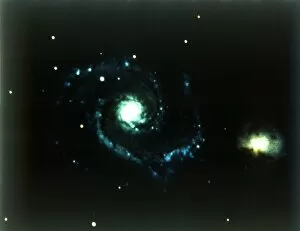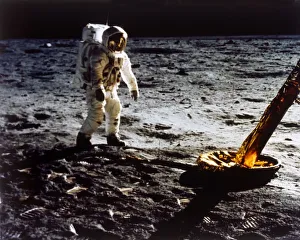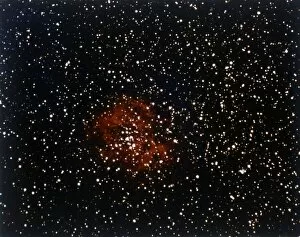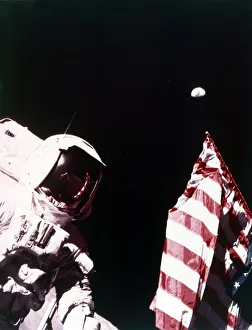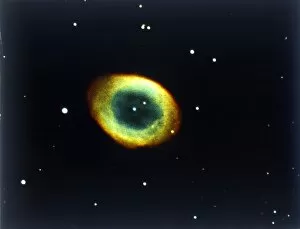Heritage Space Collection (page 7)
"Heritage Space: A Journey Through Time and Exploration" Step back in time to witness the remarkable moments that shaped our understanding of space exploration
All Professionally Made to Order for Quick Shipping
"Heritage Space: A Journey Through Time and Exploration" Step back in time to witness the remarkable moments that shaped our understanding of space exploration. From the Wright Brothers' groundbreaking glider tests in 1902, to Wilbur and Orville Wright with Flyer II at Huffman Prairie in Dayton, Ohio, USA on May 1st - these pioneers paved the way for future discoveries. Fast forward to December 24th, 1968, when Apollo 8 captured an awe-inspiring image known as "Earthrise. " This iconic photograph taken by William A Anders showcases our beautiful planet from a perspective never seen before. Intriguingly, President Eisenhower's encounter with Hugh Dryden and T. Keith Glennan in August of 1958 marked a significant moment where science and politics converged. It was during this era that NASA began its journey towards unlocking the mysteries of outer space. President Kennedy's historic speech at Rice University in 1962 solidified America's commitment to reaching new frontiers. His words echoed through time as he declared, "We choose to go to the Moon. " The U-2 spy plane adorned with fictitious NASA markings serves as a reminder that not all missions were publicly disclosed during this era of intense competition between nations. Secrets hidden within layers of history continue to intrigue us even today. Witnessing Ed White perform the first U. S. Spacewalk in 1965 was a testament to human courage and determination. This milestone pushed boundaries further than ever before and opened up endless possibilities for future explorers. Voyager 2's capture of Uranus on January 25th, 1986 showcased the beauty and mystery lurking within our own solar system. The stunning images revealed breathtaking landscapes previously unseen by human eyes. As we reflect upon these incredible moments throughout history – Skylab orbiting above Earth at the end of its mission in1974 or glimpses into Mercury's surface captured by NASA – we are reminded of the vastness and complexity of our universe.


